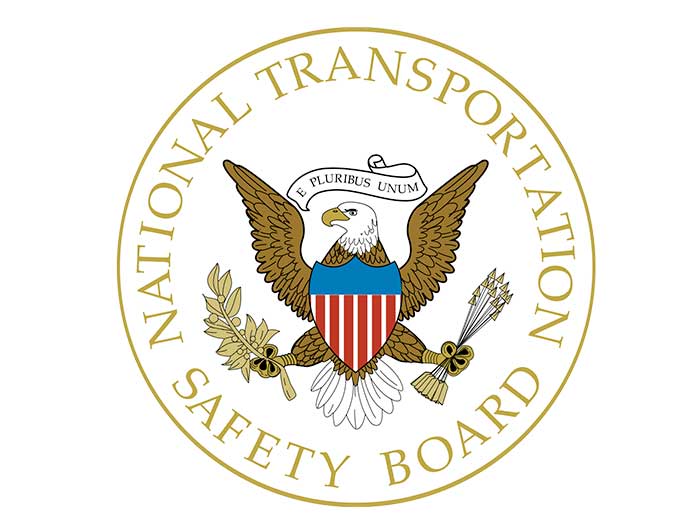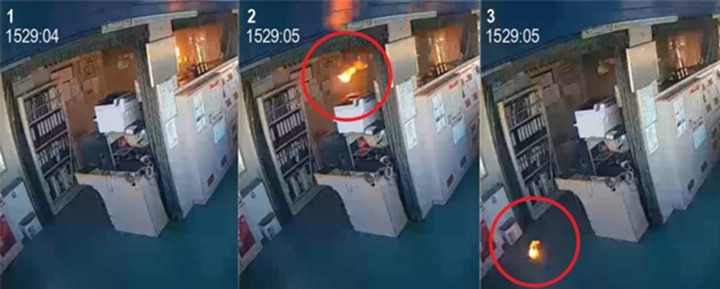
L-ion battery explosion in hand-held radio causes $3 million tanker fire
Written by Nick Blenkey
The thermal runaway of a cell within a handheld radio’s lithium-ion battery led to a fire on the 106,000 dwt Liberian-flagged oil tanker S-Trust last year that resulted in $3 million in damage to the vessel, the National Transportation Safety Board says.
The S-Trust was docked at the Genesis Port Allen Terminal in Baton Rouge, La., on Nov. 13, 2022, when a fire started on the bridge. The fire was caused by one of the cells in a lithium-ion battery for an ultra-high-frequency handheld radio exploding. The batteries and chargers for the handheld radios were located on the communications table on the bridge. The vessel’s crew extinguished the fire.
The S-Trust’s navigation, communication and alarm systems were damaged beyond use. No injuries were reported.

Lithium-ion battery cell explosions are typically caused by a thermal runaway, a chemical reaction that can cause the cell to ignite and explode, notes NTSB. A lithium-ion battery cell can spontaneously experience a thermal runaway if damaged, shorted, overheated, defective or overcharged.
Crews can help to prevent thermal runaways and ensuing fires by:
- Following manufacturers’ instructions for the care and maintenance of lithium-ion batteries;
- Properly disposing of damaged batteries;
- Avoiding unsupervised charging;
- Keeping batteries and chargers away from heat sources and flammable materials.
“Companies should ensure that lithium-ion batteries and devices that use lithium-ion battery packs are certified by Underwriters Laboratory or another recognized organization,” the NTSB says in its report on the incident.
If a lithium-ion battery fire occurs, crews can attempt to extinguish the fire with water, foam, CO2, or other dry chemical or powdered agents designed for use on Class A (combustible) fires, says the NTSB. If the battery fire cannot be extinguished, personnel should attempt to allow the pack to burn in a controlled manner, including by watching for nearby cells that may also experience thermal runaway and extinguishing other combustibles that may catch on fire.
- Download the full report HERE




